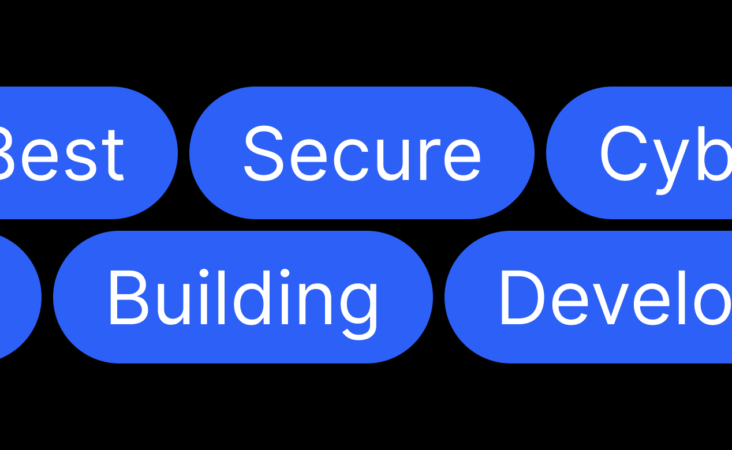
In today’s digital landscape, building secure software has become paramount for organizations across industries. With the increasing frequency and sophistication of cyberattacks, it is essential to incorporate robust cybersecurity measures into the development process. In this article, we will explore best practices for cybersecurity in software development, enabling organizations to create secure and resilient applications that protect sensitive data and mitigate cyber risks.
Implement Secure Coding Practices
Secure coding practices form the foundation of building secure software. Developers should adhere to coding standards that prioritize security, such as validating inputs, using parameterized queries, and properly handling errors and exceptions. Additionally, developers should regularly update libraries and dependencies to patch any known vulnerabilities and follow secure coding guidelines, such as those provided by organizations like OWASP (Open Web Application Security Project).
Employ Defense-in-Depth Strategy
A defense-in-depth strategy involves implementing multiple layers of security controls to protect against various attack vectors. This includes employing techniques such as input validation, output encoding, secure authentication and authorization mechanisms, secure session management, and data encryption. By layering these controls, organizations can create a strong defense against potential vulnerabilities and ensure that even if one layer is breached, others can still provide protection.
Conduct Regular Security Testing
Regular security testing, including vulnerability assessments and penetration testing, is crucial to identify and address potential weaknesses in software applications. These tests simulate real-world attacks and help uncover vulnerabilities that may have been overlooked during development. By proactively identifying and remediating security flaws, organizations can significantly reduce the risk of cyberattacks and enhance the overall security posture of their software.
Follow the Principle of Least Privilege
The principle of least privilege dictates that individuals or processes should only have the minimum privileges necessary to perform their specific tasks. In software development, this means implementing appropriate access controls and user permissions to limit access to sensitive functionality or data. By adhering to this principle, organizations can mitigate the impact of potential security breaches and reduce the likelihood of unauthorized access or data leakage.
Keep Software and Dependencies Up to Date
Regularly updating software applications and their dependencies is essential for addressing known vulnerabilities and maintaining a secure environment. Developers should stay informed about security patches and updates released by software vendors and promptly apply them to their applications. Similarly, keeping third-party libraries and frameworks up to date helps mitigate the risk of using outdated and potentially vulnerable components.
Educate Developers and Promote a Security Mindset
Developers play a critical role in building secure software. Organizations should invest in ongoing cybersecurity training and education programs to enhance developers’ knowledge and awareness of secure coding practices. Promoting a security mindset across the development team ensures that security considerations are integrated into every phase of the development lifecycle, from design to deployment.
Implement Secure Development Lifecycle (SDLC) Practices
Adopting secure development lifecycle (SDLC) practices provides a systematic approach to building secure software. This includes integrating security requirements into the software development process, conducting security reviews at each stage, and performing thorough security testing before deployment. Implementing SDLC practices helps identify and address security issues early on, reducing the risk of vulnerabilities slipping through to the final product.
To Sum Up
Building secure software requires a proactive and comprehensive approach to cybersecurity throughout the development process. By implementing secure coding practices, employing a defense-in-depth strategy, conducting regular security testing, following the principle of least privilege, keeping software and dependencies up to date, educating developers, and implementing SDLC practices, organizations can significantly enhance the security of their software applications. By prioritizing cybersecurity in development, organizations can protect sensitive data, safeguard against cyber threats, and maintain the trust of their users and customers.


